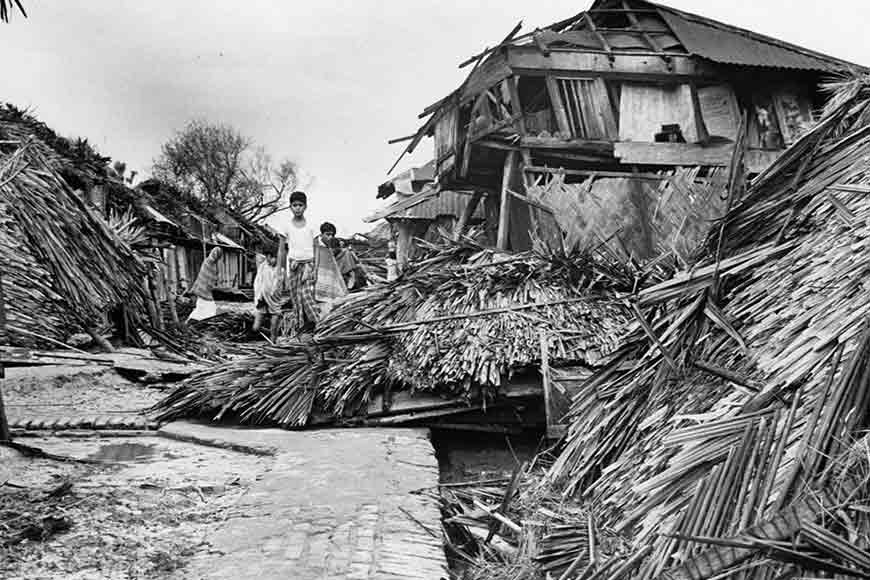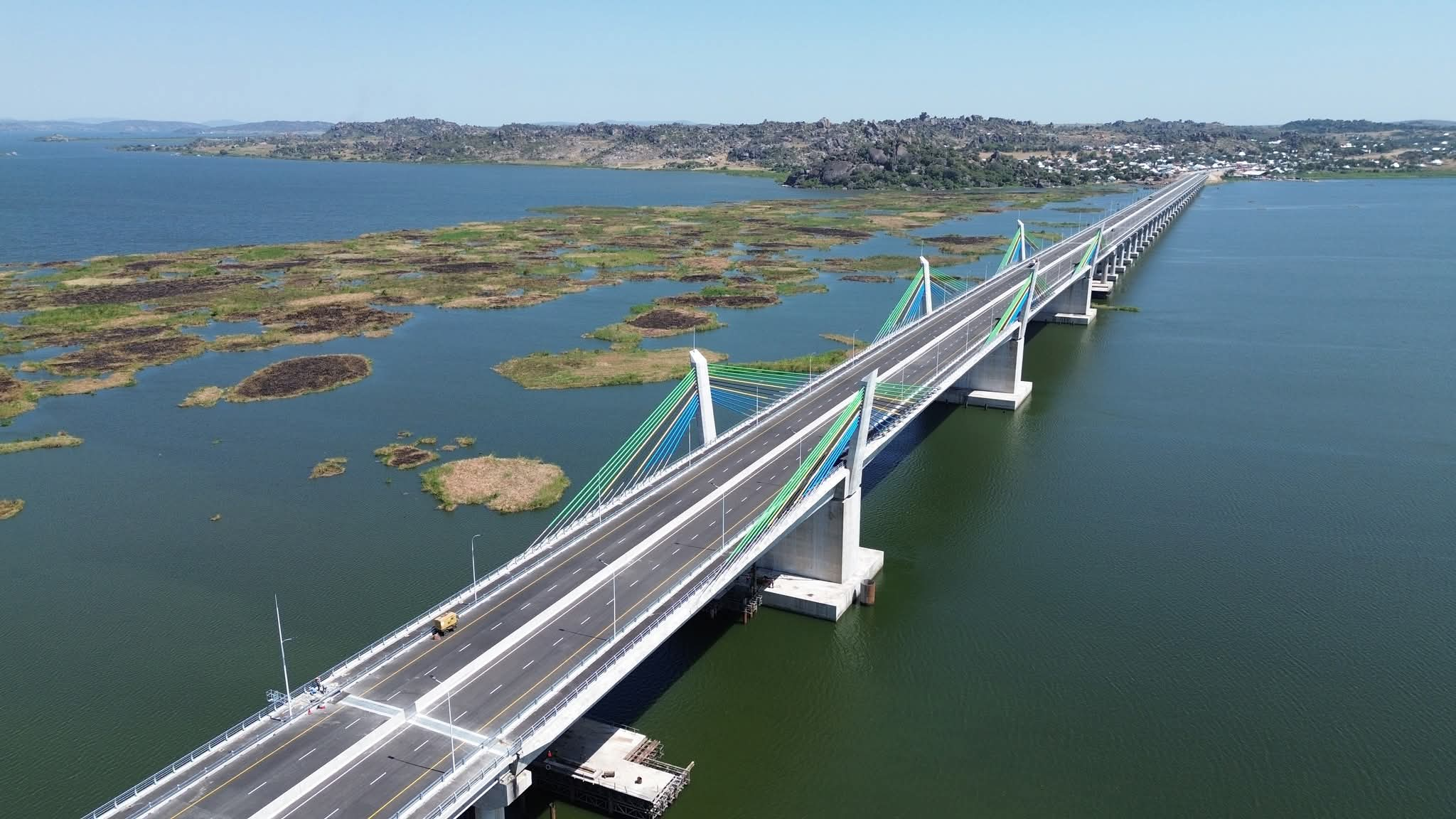1970 BHOLA CYCLONE, Deadliest Tropical Disaster Ever

Did you that the deadliest tropical cyclone ever recorded and that caused one of the world's deadliest humanitarian disasters in history is the 1970 Bhola Cyclone that claimed the lives of at least 300,000 people?
There have been 14 tropical cyclones in the 21st century so far with a death toll of at least 1,000, of which the deadliest was Cyclone Nargis, with at least 138,373 deaths when it struck Myanmar. However, there were at least 74 tropical cyclones in the 20th century with a death toll of 1,000 or more, including the deadliest tropical cyclone in recorded history, the Bhola cyclone in October 1970 that killed at least 300,000 people.
The 1970 Bhola cyclone, also known as the Great Cyclone of 1970, was a devastating tropical cyclone that struck East Pakistan (present-day Bangladesh) and India's West Bengal on November 12, 1970. It remains the deadliest tropical cyclone ever recorded and one of the world's deadliest humanitarian disasters. As possibly as many as 500,000 people died, primarily as a result of the storm surge that flooded much of the low-lying islands of the Ganges Delta. Bhola was the sixth and strongest cyclonic storm of the 1970 North Indian Ocean cyclone season.
The cyclone formed over the central Bay of Bengal on November 8 and traveled northward, intensifying as it did so. It reached its peak with winds of 185 km/h (115 mph) on November 10, and made landfall on the coast of East Pakistan on the following afternoon. The storm surge devastated many of the offshore islands, wiping out villages and destroying crops throughout the region. In the most severely affected upazila, Tazumuddin, over 45% of the population of 167,000 were killed by the storm.
The Pakistani government, led by junta leader General Yahya Khan, was criticized for its delayed handling of relief operations following the storm, both by local political leaders in East Pakistan and by the international media. During the election that took place a month later, the opposition Awami League gained a landslide victory in the province, and continuing unrest between East Pakistan and the central government triggered the Bangladesh Liberation War, which led to the 1971 Bangladesh genocide and eventually concluded with the creation of the independent country of Bangladesh.
Two medical relief surveys were carried out by the Pakistan-SEATO Cholera Research Laboratory: the first in November and the second in February and March. The purpose of the first survey was to establish the immediate medical needs in the affected regions, and the second, more detailed, survey was designed as the basis for long-term relief and recovery planning. In the second survey, approximately 1.4% of the area's population was studied.
The first survey concluded that the surface water in most of the affected regions had a comparable salt content to that drawn from wells, except in Sudharam, where the water was almost undrinkable with a salt content of up to 0.5%. The mortality was estimated at 14.2%—equivalent to a death toll of 240,000. Cyclone-related morbidity was generally restricted to minor injuries, but a phenomenon dubbed "cyclone syndrome" was observed. This consisted of severe abrasions on the limbs and chest caused by survivors clinging to trees to withstand the storm surge. Initially, there were fears of an outbreak of cholera and typhoid fever in the weeks following the storm, but the survey found no evidence of an epidemic of cholera, smallpox, or any other disease in the region affected by the storm.
The totals from the second survey were likely a considerable underestimate as several groups were not included— 100,000 migrant workers who were collecting the rice harvest, families who were completely wiped out by the storm, and those who had migrated out of the region in the intervening three months. Excluding these groups reduced the risk of hearsay and exaggeration. The survey concluded that the overall death toll was, at minimum, 224,000. The worst effects were felt in Tazumuddin, where the mortality was 46.3%, corresponding to approximately 77,000 deaths in Thana alone. The mean mortality throughout the affected region was 16.5%.
The results showed that the highest survival rate was for adult males aged 15–49, while more than half the deaths were children under age 10, who only formed a third of the pre-cyclone population. This suggests that the young, old, and sick were at the highest risk of perishing in the cyclone and its storm surge. In the months after the storm, the mortality of the middle-aged was lower in the cyclone area than in the control region, near Dhaka. This reflected the storm's toll on the less healthy individuals.
In recent years, the deadliest Atlantic hurricane was Hurricane Mitch of 1998, with at least 11,374 deaths attributed to it, while the deadliest Atlantic hurricane was the Great Hurricane of 1780, which resulted in at least 22,000 fatalities. The most recent tropical cyclone with at least 1,000 fatalities was Cyclone Freddy in 2023, which killed at least 1,434 people. But none came close to that of the Bhola cyclone in terms of casaulties.
Source: Wikipedia
#penglobalfactfile #cyclone


_1755775186.jpg)
